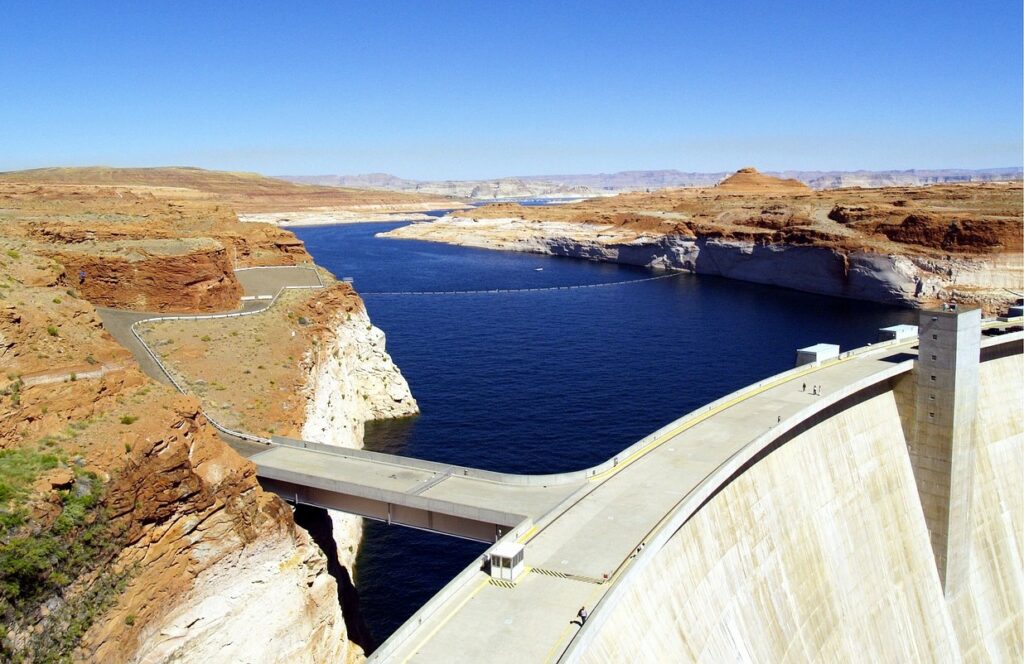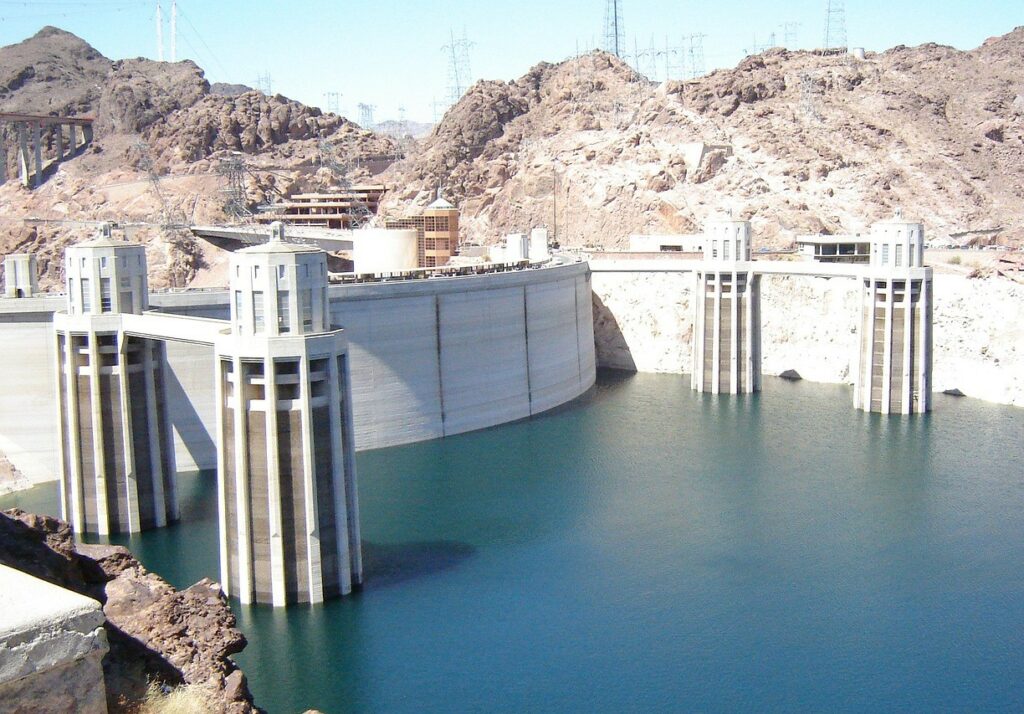The Southern Nevada Water Authority has come up with a plan for how the seven states that rely on the Colorado River can protect Lake Mead and Lake Powell.
Only time will tell whether the other six states are interested in supporting that plan.

The water authority’s plan was outlined on Tuesday regarding how it thinks the Colorado River basin states and the federal government can drastically cut back on water use along the dwindling Colorado next year in order to keep water levels at its two major reservoirs from crashing further and threatening the ability to deliver water downstream and generate hydropower.
The plan, submitted to the Department of Interior, calls for significant alterations to the current drought guidelines for the river’s two main storage reservoirs.
Specifically, the water authority’s proposal calls for:
— Accounting for the more than 1.5 million acre-feet of water lost along the river system each year to evaporation and other system losses that would effectively act as reductions in the lower basin, about half of which would come from California’s allocation.
— Earlier triggers for mandated water delivery cuts in the lower basin states of Nevada, Arizona, and California, with additional cuts if deemed necessary by the federal government.
— Continued releases from reservoirs upstream of Lake Powell and further modifications to releases at Glen Canyon Dam when Lake Powell’s elevations are projected to near elevations that would put hydropower generation at risk.
— Additional mandatory cuts of 500,000 acre-feet from the four states in the upper basin — Colorado, New Mexico, Utah, and Wyoming.
The drought-stricken river has seen its waters shrink substantially since 2000. Current guidelines are based on a river that sees roughly 15 million acre-feet flowing through it per year, but flows over the last 20 years are closer to 12.2 million acre-feet.

Recent modeling from the Bureau of Reclamation show water levels at Lake Mead could fall below the minimum elevation needed for Hoover Dam to generate hydropower by 2024, and fall to its “dead pool” elevation of 895 feet by 2025, meaning that water would no longer be able to pass through the dam downstream to California, Arizona, and Mexico.
California recently said it will conserve up to 400,000 acre-feet of water, or about 9 percent of its annual allocation, starting next year. And the Upper Colorado River Commission last week kicked off a $125 million plan to pay farmers and other water users to conserve water, although the states did not say how much water that program is expected to conserve.
Kyle Roerink, executive director of Great Basin Water Network, said that it’s “about time the chorus grows larger for mandatory for upper basin cuts.”
In October, the Bureau of Reclamation started the process of revising the current drought guidelines and tasked the basin states with coming up with proposals to cut water use along the river by 2 to 4 million acre-feet annually starting next year.
Officials with the Department of Interior have said that states have until the end of January to work out a consensus agreement that could then be reviewed by the federal agencies to determine if it’s a viable solution to buoying the cratering river system that 40 million people rely upon for drinking water.
But if there is no consensus reached by then, the federal government says it is prepared to move forward with a separate plan where officials could impose mandates on the states in order to keep water levels at Mead and Powell from reaching points that would threaten water delivery and hydropower capabilities at Hoover and Glen Canyon dams.
The water authority still hopes to work with the other basin states and water users to refine the proposals, said Colby Pellegrino, the authority’s deputy general manager for resources.
Under normal circumstances, Nevada receives roughly 300,000 acre-feet of water from the Colorado River annually, with the river supplying roughly 90 percent of Southern Nevada’s water.
The water authority has been successful in implementing various water saving measures since the drought started more than two decades ago, reducing the region’s water consumed by nearly 100,000 acre-feet annually while it added roughly 750,000 new residents.
Keep in mind that whether you are interested in buying a home or selling a home, a Realtor should represent you– this person is working for your benefit and will help you navigate through the buying or selling process. We have celebrated selling both New and Resale Homes for over thirty years…..
We are here to answer any questions you might have – just email jennifer@smithteamlasvegas.com
Thanks and make it a terrific day…………The Smith King Team

